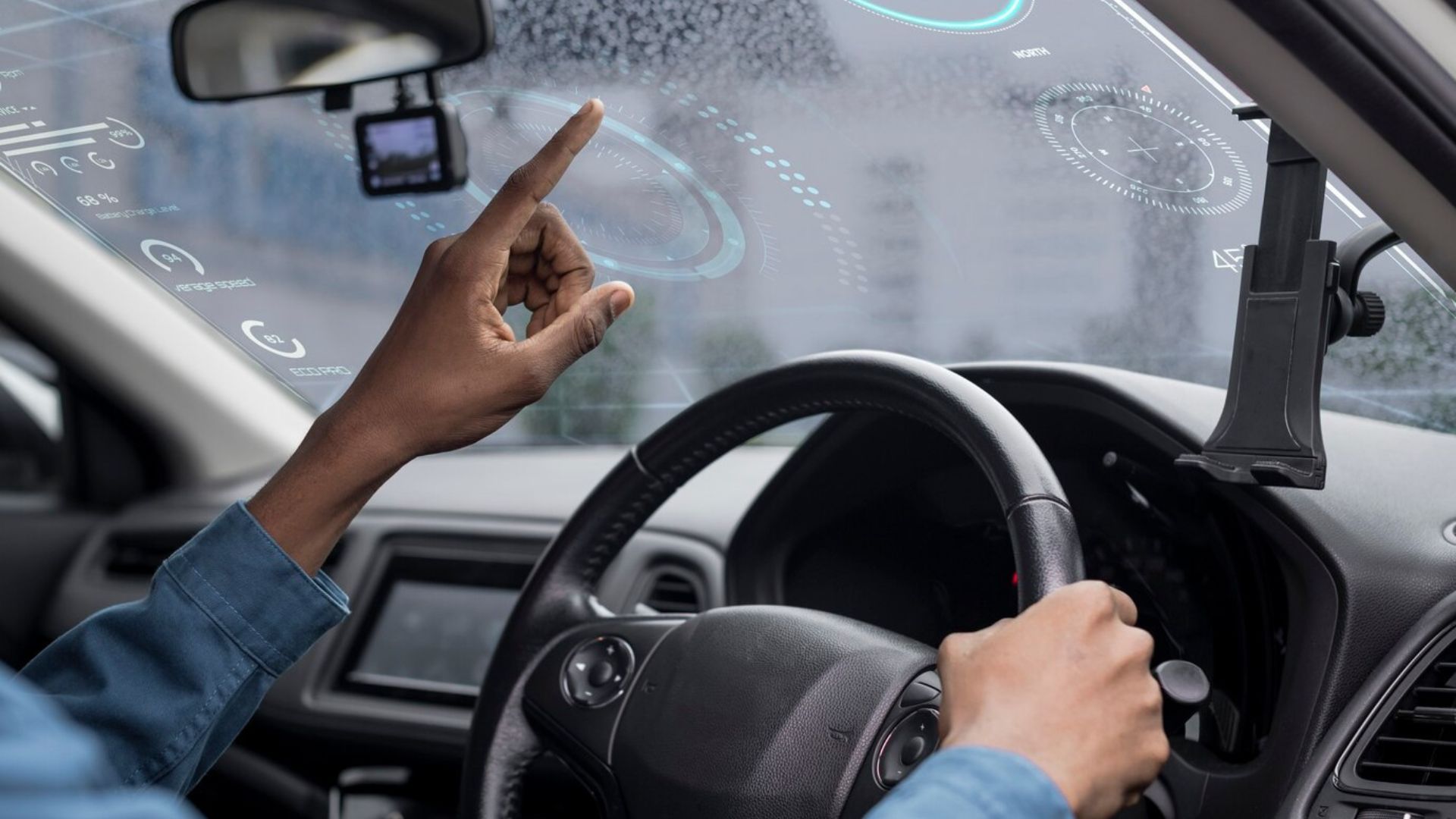|
Getting your Trinity Audio player ready…
|
Automated vehicles, in the ever-evolving landscape of transportation, have emerged as a revolutionary force, poised to transform the way we move from point A to point B. This article provides a comprehensive exploration of the basics of automated vehicles, shedding light on their technology, benefits, challenges, and the societal impact they carry. At the core of automated vehicles lies a sophisticated fusion of technologies, including Artificial Intelligence (AI), sensors, and advanced algorithms. These components allow automated vehicles to perceive their environment, make real-time decisions, and navigate without human intervention. Categorized into levels by the Society of Automotive Engineers (SAE), automated vehicles progress from Level 0 (no automation) to Level 5 (full automation), showcasing the evolving degrees of autonomous driving capabilities. Despite the promises of a transformative future, challenges in technology, regulation, and societal acceptance must be addressed for widespread adoption.
Introduction to Automated Vehicles
Automated vehicles, commonly known as self-driving or autonomous cars, leverage cutting-edge technologies to navigate without human intervention. This section delves into the foundational concepts, highlighting the key components that make autonomous driving a reality. At the core of this technological marvel are advanced sensors, including lidar, radar, and cameras, which collect real-time data about the vehicle’s surroundings. This data is processed by sophisticated Artificial Intelligence (AI) algorithms that make split-second decisions, ensuring the vehicle responds to dynamic driving conditions. The fusion of sensor data and AI enables precise mapping, localization, and object recognition, allowing the vehicle to navigate routes, interpret traffic, and make decisions akin to a human driver. Additionally, connectivity features facilitate vehicle-to-everything (V2X) communication, enhancing the vehicle’s awareness of its environment. The seamless integration of these components forms the backbone of autonomous driving, promising a future where vehicles navigate roads efficiently and safely without human intervention.
The Technology Behind Automation
At the heart of automated vehicles is a complex fusion of technologies, including Artificial Intelligence (AI), sensors, and advanced algorithms. This segment dissects these components, elucidating how they work in tandem to perceive the vehicle’s environment and make real-time decisions.

Levels of Automation
Understanding the levels of automation is crucial in grasping the spectrum of autonomous driving capabilities. This portion categorizes the levels established by the Society of Automotive Engineers (SAE), ranging from Level 0 (no automation) to Level 5 (full automation), illustrating the evolution of autonomy in vehicles.
Benefits of Automated Vehicles
The integration of automated vehicles into our transportation ecosystem brings forth a myriad of potential benefits. This section explores how autonomy can enhance safety, efficiency, and accessibility, fostering a vision of smarter and more sustainable mobility. Automated vehicles have the potential to significantly reduce road accidents by eliminating human error, which is a leading cause of collisions. The efficiency of traffic flow can also improve as autonomous vehicles communicate with each other. Moreover, the accessibility of transportation can be revolutionized, providing mobility solutions for individuals with disabilities or those who are unable to drive. By prioritizing safety, increasing efficiency, and enhancing accessibility, the integration of automated vehicles aligns with a vision of smarter, more sustainable mobility. As these benefits materialize, the transportation landscape may evolve into a safer, more efficient, and inclusive ecosystem. To add on, promising a transformative shift in how we navigate our world.
Challenges on the Road to Autonomy
While the promises of automated vehicles are enticing, challenges abound on the path to widespread adoption. This part of the article elucidates the hurdles related to technology, regulation, and societal acceptance that must be navigated for autonomous vehicles to become a mainstream reality.
Safety Considerations in Autonomous Driving
Safety is paramount in the development and deployment of self-driving vehicles. This segment discusses the safety measures inherent in autonomous systems. Emphasizing their potential to reduce accidents and improve overall road safety.
Regulatory Landscape
The legal and regulatory framework surrounding self-driving vehicles is a critical aspect of their integration into society. Here, we examine the current state of regulations, the challenges faced by policymakers, and the evolving nature of the legal landscape.
The Societal Impact of Automated Vehicles
Automated vehicles not only change how we move but also have profound implications for society. This section explores the potential societal impact, touching on urban planning, congestion reduction, and the redefinition of transportation norms.
Paving the Way for Autonomous Futures
Before automated vehicles become a common sight on our roads, extensive testing and trials are essential. This part of the article explores the ongoing efforts in testing autonomous vehicles. Additionally, showcasing the progress made and the challenges encountered.
Ethical Considerations in Autonomous Driving
As technology advances, ethical considerations become increasingly relevant. This segment delves into the ethical dilemmas surrounding self-driving vehicles, including decision-making algorithms and the responsibility of manufacturers and programmers.
Future Trends and Innovations
The article concludes by looking to the future, and discussing emerging trends and innovations in automated vehicles. From the integration of 5G technology to advancements in vehicle-to-everything (V2X) communication, the landscape of autonomous driving continues to evolve.
Conclusion
In conclusion, understanding the basics of automated vehicles involves navigating through the intricate web of technology, benefits, challenges, and societal implications. As we stand on the brink of a transportation revolution, exploring these fundamentals provides valuable insights into the transformative potential of autonomous driving.
You might be interested in:
- Cyber Security Challenges in Connected Cars
- Automobile Trends and Traditions
- Electric Car benefits and Challenges
- Paving Way to Greener Future with Sustainable Vehicles
